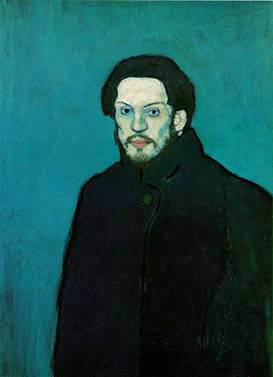Picasso in A Coruña – 1891-1895
by G. Fernández – theartwolf.com
Exploring the least known period -but also one of the most important- in the life of the most important artist of the twentieth century: Pablo Picasso’s stay in A Coruña (1891-1895)
Rightly or wrongly, all the studies on the life and art of Pablo Picasso (1881-1973) tend to divide his career into stages or periods, perhaps in an attempt to make more understandable and accessible his vast career. Thus, much has been written about his origins in Málaga, on his training as an artist in the same city, his harsh beginnings in Montmartre, Paris, and his later success as a famous artist in the French capital. However, there is a stage in the life of Pablo Picasso that remains, at least for the general public, quite unknown, a sort of loophole in the popular career of the great genius of the visual arts of the twentieth century: his brief but decisive period in A Coruña, Galicia, Spain (1891-1895), a key moment in the artist’s formation
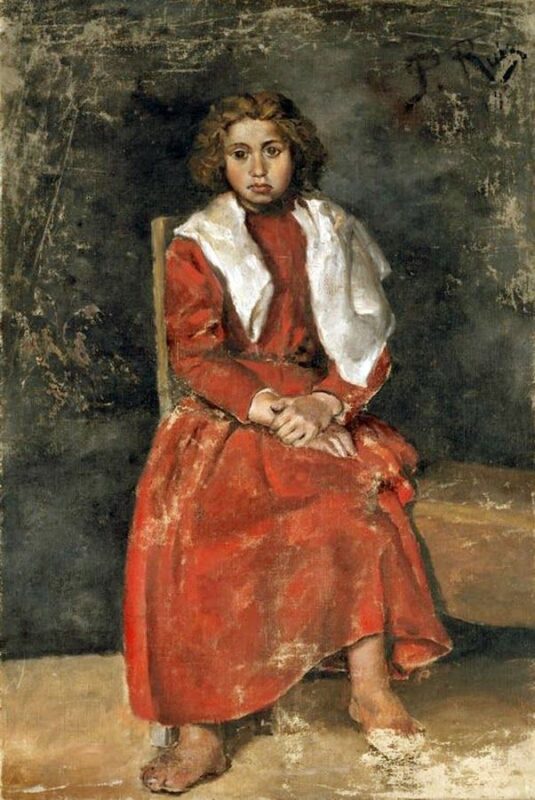
We have defined this period in A Coruña as “almost unknown”, although this is a definition that is certainly risky to be offensive for many experts in the artist’s life and oeuvre, and so we apologize in advance. But it is true that this stage remains a bit “anonymous”, at least for the general public. Therefore, we are going to approach the readers to this period from a well known point in the painter’s career, from which we are going to go temporarily back to our starting point, aiming this way that the reader could locate Picasso’s stage in A Coruña in the huge and complex creative career of the artist.
The context: A Coruña in Pablo Picasso’s life and career
Well, here we are in 1937. A 55 years old Pablo Picasso is in his full artistic maturity and has just completed his most famous painting -The “Guernica” that would become the eternal symbol of protest against the barbarity of the war. Just a few years back, we find Picasso immersed in his very personal understanding of Surrealism, embodied in the figure of the “Minotaur” and the sexy and colorful portraits of his mistress Marie-Therese Walter. Immediately prior to this period is an approach to (neo)classicism, with famous works like “La Flute de Pan” (Paris, Musée Picasso) or the “Harlequin with mirror” from the Thyssen Museum in Madrid.
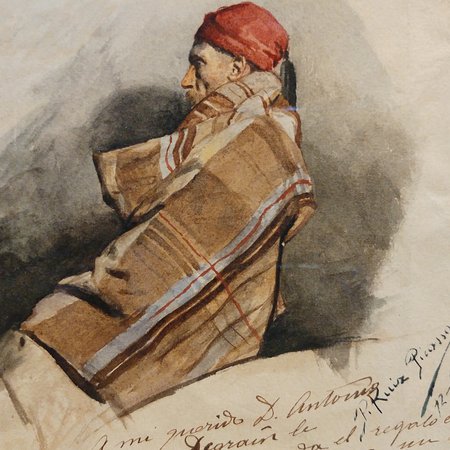
Let’s go back to the period immediately preceding the First World War. A Picasso in his early 30s creates, along with Georges Braque, the most decisive of the vanguards of the past century, Cubism, which began with the work that can be considered as the most important and revolutionary painting of the twentieth century, “Les demoiselles d’Avignon”. We are now in 1907. Immediately before this period we find Picasso’s fascination with African art, a brief period, but of enormous importance to the artist’s later works
Let’s go back even further. The Rose and Blue periods, with their melancholic figures of harlequins and guitarists, takes us to Montmartre in the early twentieth century, where a very young Picasso portrays the nightlife of the cabarets and nightclubs he frequented. It’s the time of the dances and long nights in the “Lapin Agille”, the unfortunate “Family of Acrobats” or his sad, but full of vitality self-portrait. Even today, the blue and pink periods remain among the most fascinating of all phases of Picasso’s artistic career.
We have go back to the last half of the nineteenth century, when a teenager Picasso creates in Barcelona some of his early works, quite well known today by art lovers, starting with “The First Communion” (1895), an incredible realist canvas that make us understand the words of the artist: “It took me 12 years to paint like Raphael, but a lifetime to paint like a child”. Picasso was then 13 years old and had just arrived in Barcelona with his family, from a city where he had spent the last 4 years of her childhood: A Coruña.
In the city of the “Tower of Candy” – Picasso’s works in A Coruña
The young Picasso joined the School of Arts and Crafts of La Coruña, where, accompanied by his father, he began to draw in charcoal and ink the models he found in the streets of A Coruña, especially pedestrians who frequent the beach of Riazor, and the fishermen from the port. He was also fascinated by the landscapes of the surroundings of the “Torre de Caramelo,” the name by which father and son identified the Tower of Hercules, an ancient Roman lighthouse in A Coruña. As the technique of the young genius was becoming more refined, his father encouraged him to make some oil paintings.
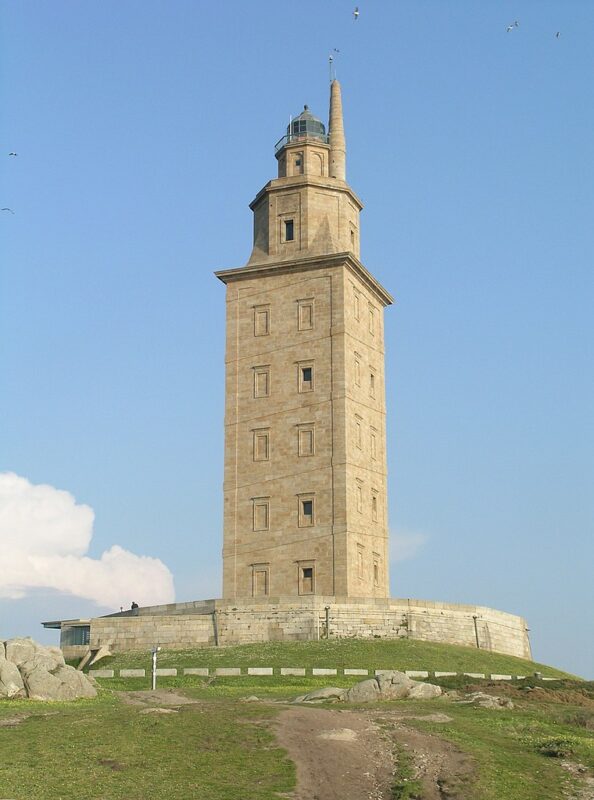
“The girl with bare feet (or The barefoot girl)” (1895) is the masterpiece of this period, a lively and fascinating portrait that seems to predict some of the most famous works from the pink and blue periods. As a curiosity, this painting appears in a chapter of the animated sitcom “The Simpsons”, in which Marge tries to instruct Homer during a visit to the Springfield Museum.
“The man with the blanket” or “The Old Man of the blanket” (1895, Museo Picasso in Málaga) is a small work that portrays the artist’s father in a depressed, almost pathological, attitude, which can be understood if we consider that the change from the sunny andalusian climate of Malaga to the moist and wet Galician weather caused a long depression in José Ruiz Blasco. A work that is often associated with this one is “Old couple”, in which we can highlight the enigmatic expression of the elder woman.
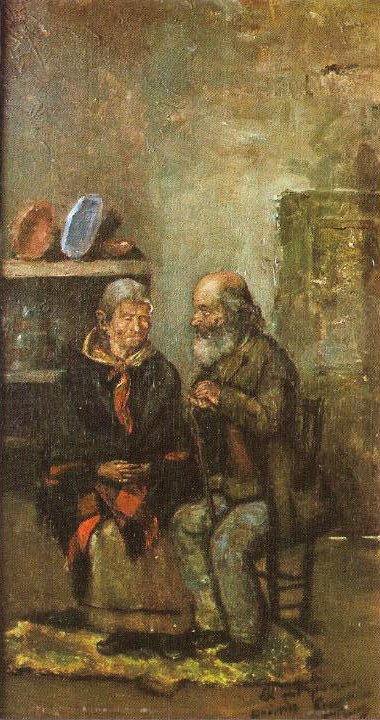
The second key work of the period Coruña (along with the already discussed “The barefoot girl”) is the “Portrait of Dr. Perez Costales” (1895, Museo Picasso in Málaga), physician and former minister, and a personal friend of Picasso’s father. The young artist portrayed the doctor in a calm stance, as a venerable sage. The work is almost a prologue to later portraits such as the “Angel Fernandez de Soto” or even the self-portrait of the artist.
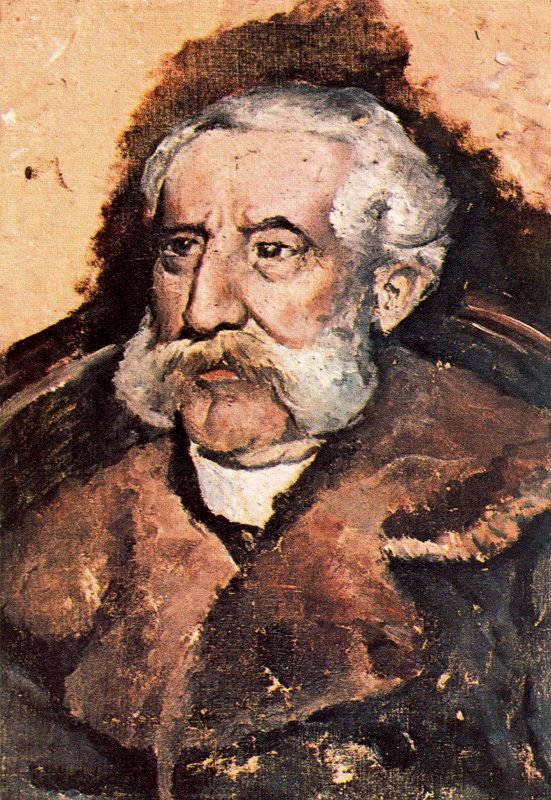
Picasso in A Coruña – present and future
Of all the cities in which Pablo Picasso lived throughout his life, A Coruña was the only one that did not have a museum dedicated to the genius. The City Council decided years ago to end this with the restoration of the Casa-Museo Pablo Picasso, the artist’s former home in the widening of A Coruña, preserved with few changes since the artist moved to Barcelona. It also exhibits 27 reproductions of the works that Picasso painted during his stay in the city. However, the absence of original works (which may be understandable due to the absence of bequests from the artist’s heirs) makes it impossible to place this institution at the same level than other museums dedicated to the artist in his native Málaga, Barcelona, and Paris.
That the name of Pablo Picasso is an attraction for the now so fashionable “cultural tourism” is undeniable, and there may be opportunities to incorporate the city of A Coruña in the very important “Picassian” map with no need of huge financial outlays. The completion of “the Route Picasso”, proposed a few years ago, is one of them, or the temporary exhibitions of works by Picasso. Private initiative can be the key to the success of these operations.
Follow us on:

